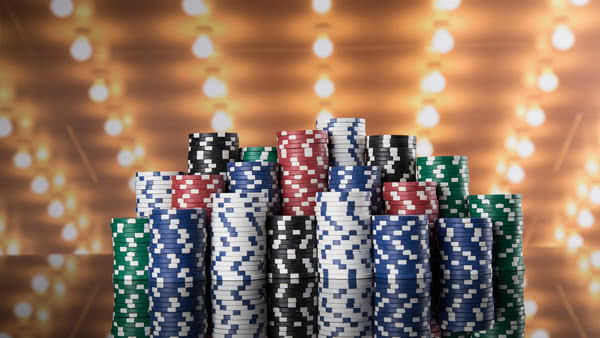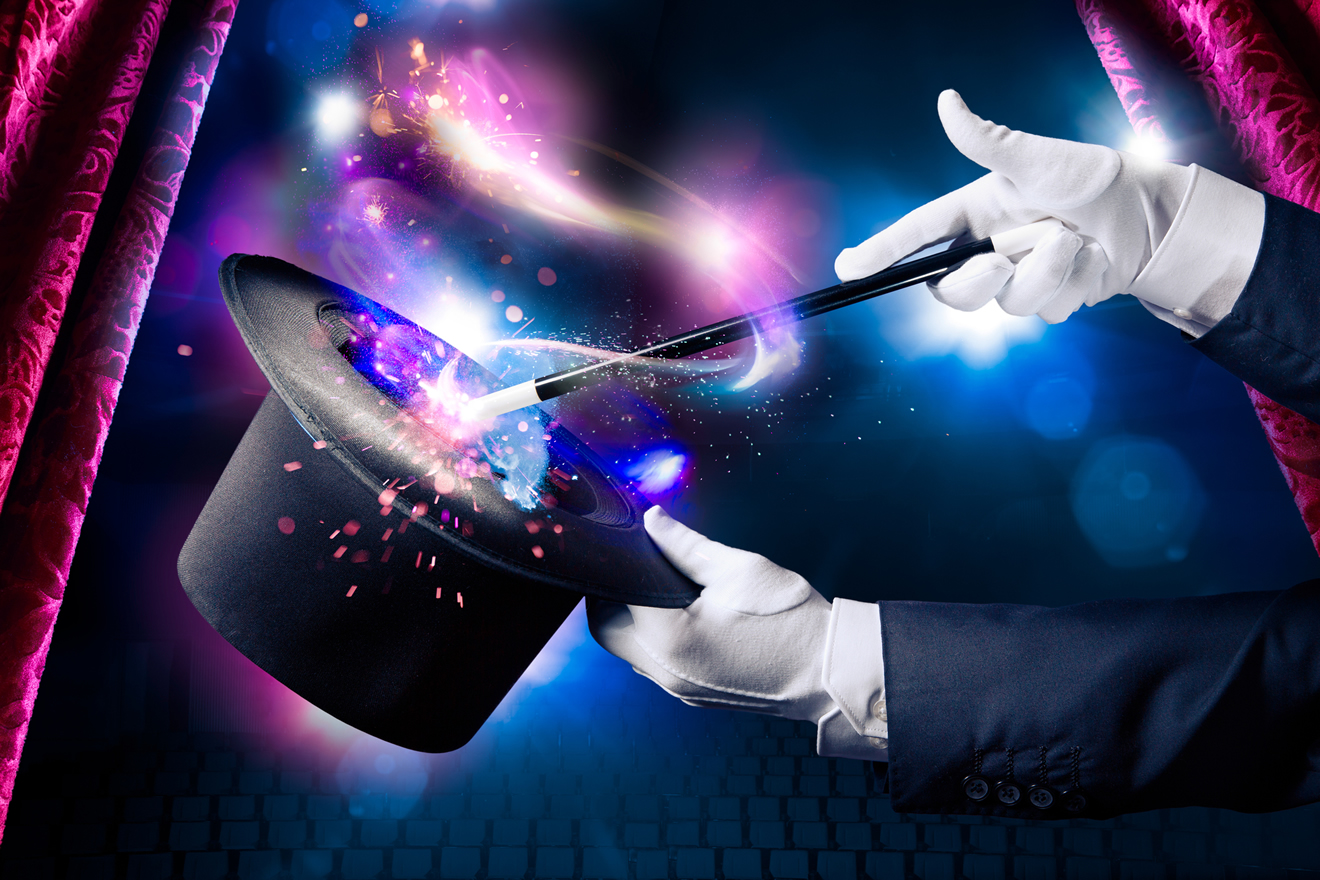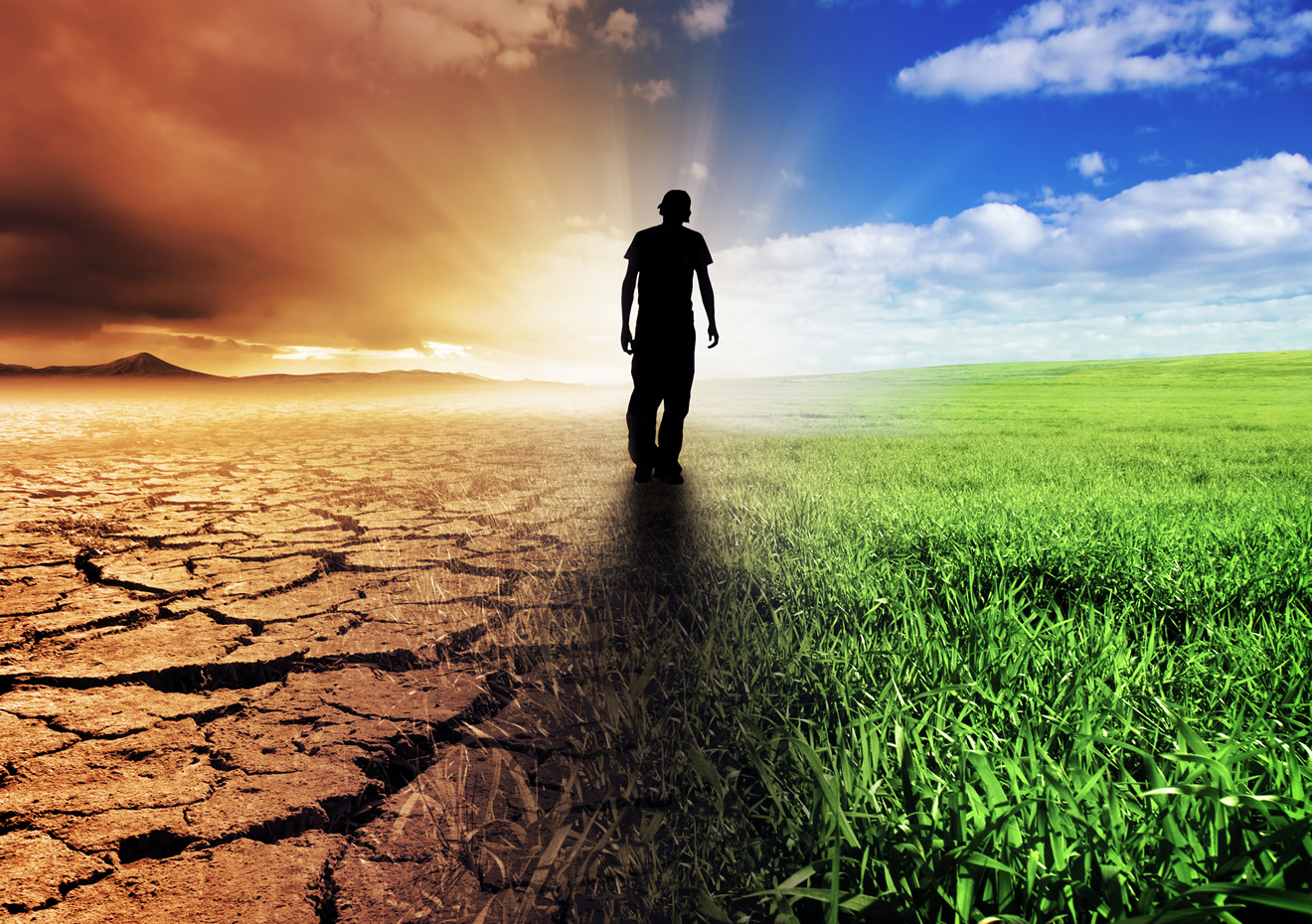Share this link via
Or copy link
291.36K actions, 9.22E flips
1.63K actions, 4.24K flips
4.84K actions, 20.58K flips
1.21K actions, 5.98K flips
9.45K actions, 79.85K flips
✕10
5.19K actions, 77.56K flips
✕100
4.63K actions, 649.2K flips
✕1000
6.41K actions, 8.79M flips
✕10000
6.08K actions, 3E flips
Select number of flips

Bar
2.06K actions, 997.4K flips

Cafe
312.39K actions, 75.63M flips

Forest
2.05K actions, 1.37M flips

Casino
4.54K actions, 9.22E flips

Ocean Sky
2.03K actions, 1.4M flips

Blue Sky (movie)
NEW1.35K actions, 1.3M flips

Bubbles (movie)
NEW403 actions, 323.37K flips

Spheres (movie)
NEW382 actions, 565.41K flips

Snow
NEW789 actions, 914.84K flips

Starry Night
NEW2.92K actions, 1.14M flips

Serenity
NEW1.37K actions, 2.52M flips

Earthshine
NEW3.19K actions, 4.53M flips

Black
3.03K actions, 950.28K flips

White
NEW513 actions, 633.19K flips
 Decision making coins
Decision making coinsHeads vs. Tails
293.66K actions, 60.35M flips
Yes vs. No
15.46K actions, 11.73M flips
Up vs. Down
3.57K actions, 233.54K flips
Light vs. Darkness
2.2K actions, 432.25K flips
Go vs. Stay
1.59K actions, 971.7K flips
Procrastinate vs. Do It Now
1.29K actions, 364.88K flips
Fish vs. Chicken
914 actions, 573.47K flips
Play vs. Work
710 actions, 1.02M flips
Exercise vs. Relax
450 actions, 746.14K flips
Wake Up vs. Sleep In
424 actions, 212.01K flips
Watching vs. Reading
260 actions, 171.47K flips
Hot vs. Cold
237 actions, 164.98K flips
Shopping vs. Saving
232 actions, 292.01K flips
Coffee vs. Tea
229 actions, 167.9K flips
More vs. Less
205 actions, 150.6K flips
Study vs. Party
204 actions, 318.43K flips
Fast vs. Slow
178 actions, 55.17K flips
Outdoor vs. Indoor
163 actions, 191.05K flips
Spontaneity vs. Planning
145 actions, 378.25K flips
Start vs. Stop
135 actions, 32.33K flips
Analog vs. Digital
120 actions, 188.54K flips
 United States dollar
United States dollarPenny
(1 cent)3.49K actions, 1.03M flips
Nickel
(5 cents)479 actions, 94.05K flips
Dime
(10 cents)709 actions, 954.6K flips
Quarter
(25 cents)3.75K actions, 940.68K flips
Half dollar
(50 cents)1.03K actions, 407.97K flips
One dollar
(Sacagawea dollar)822 actions, 687.83K flips
One dollar
(Presidential dollar)1.28K actions, 1.29M flips
 50 State quarters
50 State quartersDelaware
19 actions, 8.01K flips
Pennsylvania
26 actions, 78.1K flips
New Jersey
13 actions, 13.25K flips
Georgia
47 actions, 340.02K flips
Connecticut
48 actions, 42.97K flips
Massachusetts
8 actions, 10.44K flips
Maryland
8 actions, 1.29K flips
South Carolina
32 actions, 10.03K flips
New Hampshire
6 actions, 2.24K flips
Virginia
9 actions, 1.67K flips
New York
38 actions, 32.84K flips
North Carolina
13 actions, 1.69K flips
Rhode Island
3 actions, 169 flips
Vermont
13 actions, 65.32K flips
Kentucky
8 actions, 1.01K flips
Tennessee
5 actions, 15.53K flips
Ohio
47 actions, 50.27K flips
Louisiana
11 actions, 1.98K flips
Indiana
70 actions, 5.69K flips
Mississippi
13 actions, 50.01K flips
Illinois
22 actions, 22 flips
Alabama
12 actions, 5.19K flips
Maine
10 actions, 90.17K flips
Missouri
12 actions, 13.67K flips
Arkansas
1 action, 167 flips
Michigan
20 actions, 27 flips
Florida
30 actions, 30.13K flips
Texas
127 actions, 71.46K flips
Iowa
4 actions, 336 flips
Wisconsin
31 actions, 39.91K flips
California
7 actions, 20.01K flips
Minnesota
189 actions, 58.54K flips
Oregon
14 actions, 28.08K flips
Kansas
6 actions, 20.75K flips
West Virginia
18 actions, 12.87K flips
Nevada
15 actions, 42.64K flips
Nebraska
6 actions, 172 flips
Colorado
5 actions, 2.01K flips
North Dakota
27 actions, 2.09K flips
South Dakota
6 actions, 30K flips
Montana
21 actions, 15.55K flips
Washington
17 actions, 183 flips
Idaho
4 actions, 170 flips
Wyoming
23 actions, 110.01K flips
Utah
14 actions, 404 flips
Oklahoma
41 actions, 30.04K flips
New Mexico
37 actions, 12.42K flips
Arizona
3 actions, 11.63K flips
Alaska
15 actions, 10.58K flips
Hawaii
10 actions, 60.18K flips
 British pound sterling
British pound sterlingOne penny
(1p)110 actions, 3.16K flips
Two pence
(2p)68 actions, 123.67K flips
Five pence
(5p)17 actions, 17 flips
Ten pence
(10p)25 actions, 20.02K flips
Twenty pence
(20p)41 actions, 105.04K flips
Fifty pence
(50p)109 actions, 121.17K flips
One pound
(£1)553 actions, 234.05K flips
Two pounds
(£2)189 actions, 182.48K flips
 Indian rupee
Indian rupee1 rupee
1.24K actions, 293.89K flips
1 rupee
(Nritya Mudra Series)69 actions, 25.99K flips
2 rupees
3 actions, 335 flips
2 rupees
(Nritya Mudra Series)16 actions, 34.26K flips
5 rupees
94 actions, 14.21K flips
5 rupees
(2009-2010)46 actions, 30.07K flips
10 rupees
105 actions, 176.94K flips
10 paises
12 actions, 20.01K flips
25 paises
5 actions, 10.35K flips
50 paises
436 actions, 260.54K flips

Should I pick heads or tails? This is a simple yet very interesting question. The coin toss isn’t as straightforward as you would imagine because there are many elements involved.
In a perfect world, the odds are 50/50, meaning that neither side has an advantage as the outcome is supposed to be equal for both. In the real world, however, the environment isn’t always optimal and you can never have perfect conditions.
In a coin toss, variables such as the motion of the thumb and the weight distribution of a coin can create a bias towards one side. Let’s explore if these variables are significant enough to truly influence the outcome of a coin toss.
[toc]

Have you ever seen a perfect coin toss? Or rather, how can we tell if a coin has flipped flawlessly?
We can never truly know because each person has a different way of tossing a coin, even when following the same method. According to researcher Persi Diaconis, when a coin is tossed by hand, there is a 51-55% chance it lands the same way up as when it was flipped.
This is because depending on the motion of the thumb, the coin can stay up on the side it started on before it starts to flip.
Another scenario is that the coin may look like it’s flipping but it’s actually spinning, thus also reducing the number of flips. In other words, the fewer the flips, the more likely it will land on the same side facing up before the toss.
In this case, whether it be heads or tails, pick the side facing up. However, if you’re going to perform the toss, don’t purposely limit the number of flips because that would be cheating!

Grab a coin right now and feel it, do both sides feel the same? In many coins, one side is heavier than the other. Therefore, when the coin is spun on a flat surface, it tends to land with the lighter side facing upwards.
This unequal weight distribution occurs because the design of the heads is usually more detailed than the tails. For instance, on the US penny, the side with Lincoln’s head is heavier, and when spun it has a higher probability to land tails up. To reduce this bias, make sure to catch the coin since it will most likely spin if you let it hit the ground.
Either way, keep in mind that a greater tendency towards tails does not mean that the coin will always land tails up!

Did a magician just challenge you to a coin toss? If you ever find yourself in a situation involving a coin toss with a magician, always be careful.
Magicians tend to shave the edges of a coin to make one side heavier than the other. This means that their coins are heavily biased towards landing with the lighter side up. They could also trick you into thinking that the coin is flipping when it’s actually spinning. In this situation, make sure to use a coin that hasn’t been tampered with!

As much as you can take advantage of certain biases, they can also work against you. Therefore, it may be better to try to reduce them altogether. Here are some small things you can keep in mind before a coin toss.

There is no straightforward answer on whether you should pick heads or tails. It’s usually on a case by case basis, and even then, you still need to rely on luck.
Remember that the coin toss is all about probability, and even if the odds to win are 99%, you could easily be in the unlucky 1%.
Always know that there are risks involved, so strategize carefully and consider as many variables (motion of your thumb, weight distribution, design of the coin, magicians etc.) as possible before choosing a side in a coin toss.